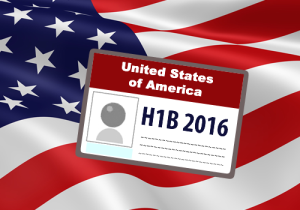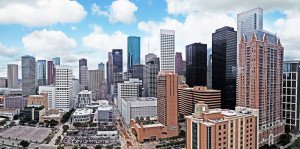H-1B Season Is Over, Kind Of:
If applications were filed like they were last year, Vermont and California Service Centers have received around 200,000 H-1B visa applications this past week. Because only 65,000 (+20,000 for U.S. Master’s Degrees) visas are available, the applications are spun in a lottery and the ones that win the “lottery” are processed. The others are returned.
The reason that April 1-7 is the period applications are sent is because they must be filed within 6 months of the start of the fiscal year, which is October 1. October 1 cannot be requested with a February filing. All of the visa spots are taken if filed in July (in most years). A congressional bill has been posed twice to expand H-1B visas by need, but it has been an idea more than a legislative possibility. The number of H-1B visas available used to fluctuate and expand, but it has been consistently on the lower end for nearly a decade.
H-1B season does not have to be over for you. If you hold a Bachelor’s degree (or higher) in a specialty occupation, there are still opportunities for the H-1B visa. Some employers are cap-exempt, meaning that their applications for H-1B visas are not subject to the 65,000 or 20,000 limit. These employers are either universities or have an affiliation with universities such that the majority of work is furthering the purpose of that institution. That exception does not apply, for example, to a construction company that is building on a university. The scholastic purpose needs to be more apparent.
If you hold an H-1B visa, transfers and extensions can be executed without worrying about the cap. Once an individual has made it under the cap, she is able to transfer and request an extension without being subject to the cap. The H-1B can be utilized for six years; it can then be restarted by going overseas for a year continuously.
There are options outside the H-1B for employment visas, but judging by the competition for a limited number of slots, it is the most coveted. It also has the advantage of “dual intent.” Even though it is a non-immigrant visa, a visa holder may apply for Permanent Residence with the proper sponsorship.
UPDATE: President Leslie Holman of the American Immigration Lawyers Association responded to the news of a lottery, bemoaning the insufficient number of visas available.

 The Houston Chronicle
The Houston Chronicle